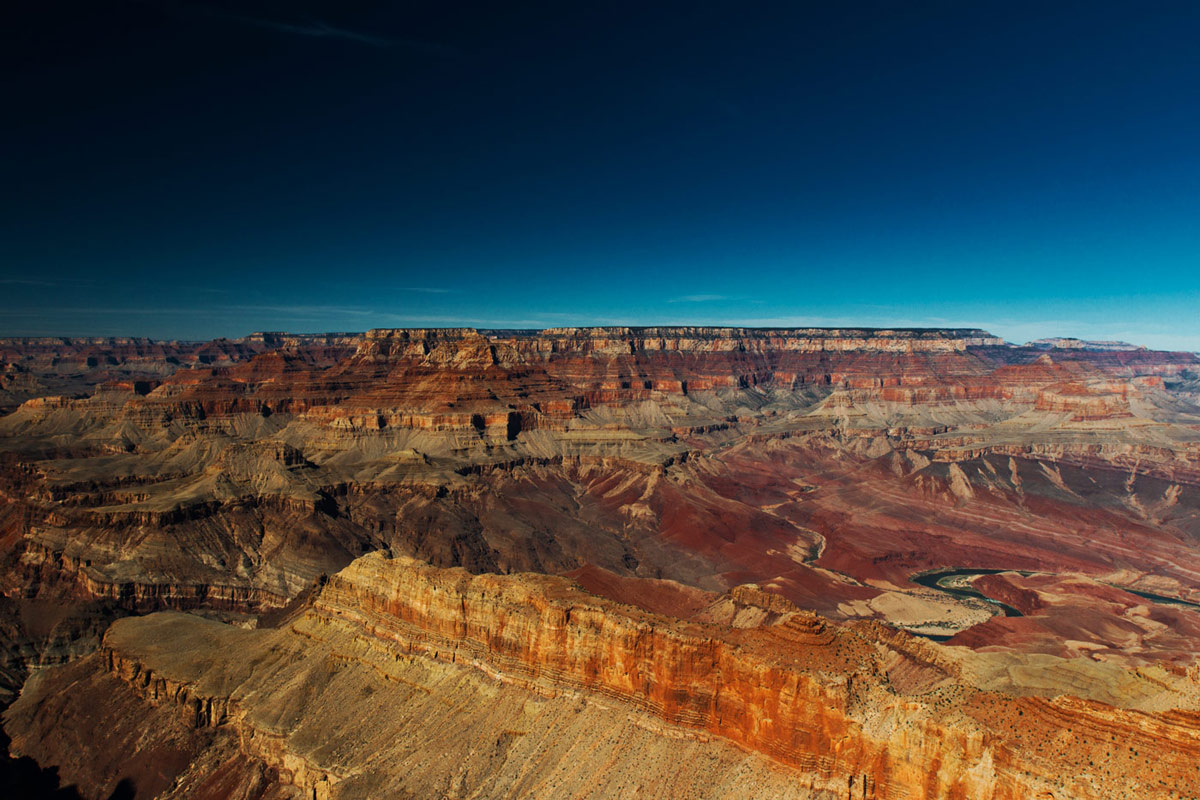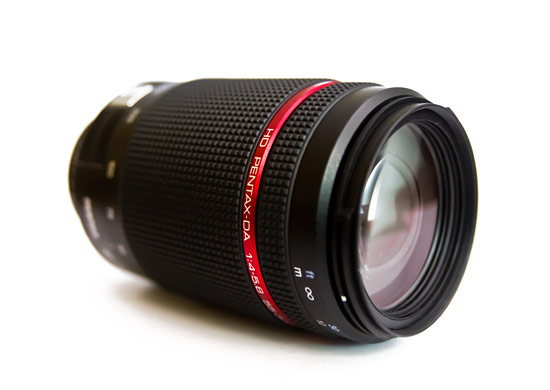We may earn a commission when you purchase through affiliate links. Learn more.
Measured in millimeters when the lens is focused at infinity, focal length is the distance from where light enters at the center of the lens’s front optical element to the camera’s digital sensor or film.
Telephoto lenses like the Sigma 150-500mm f/5-6.3 have longer focal lengths, while wide angle lenses like the Canon 16-35mm f/2.8L have shorter focal lengths. Lenses known as prime lenses have a fixed focal length, meaning they will not zoom and are fixed at that particular angle of view and magnification. An example of a prime lens is the Canon EF 50mm f/1.4 lens which can only function as a 50mm lens – if you want your subject to appear closer or farther away in your image, you will have to actually walk closer or farther away.
Other lenses have a focal length which is variable and can be changed within a certain range – these are known as zoom lenses and will have two focal length numbers on them. An example of a zoom lens is the Nikon 80-400mm f/4.5-5.6. This means that you can use this lens at any point between these two focal lengths of 80mm and 400mm. With a zoom lens, you can make your subject appear larger in the frame by zooming in on it to the maximum focal length of the lens.

A lot of new photographers prefer to use zoom lenses, because they give them the ability to photograph several subjects without needing to buy multiple lenses. In fact, many new DSLR and mirrorless cameras come with a zoom lens included, so that people can begin immediately taking pictures.
If a photographer could just buy a few zoom lenses to cover a range of focal lengths that might require numerous prime lenses, you might wonder why anyone would ever buy prime lenses at all. Prime lenses and zoom lenses both have their uses and advantages, and you can learn the answer to this question in our Prime vs. Zoom Lens tutorial.
You’ll probably hear photographers talk about the terms 35mm equivalent focal length or crop factor when chatting about their interchangeable lens cameras and you might see this terminology mentioned in the specifications for compact digital cameras with fixed lenses as well. 35mm equivalent focal length is a pretty long term, but the definition is luckily not too difficult to make sense of. Essentially, it tells us what the equivalent focal length of a lens is when we use it with a particular size sensor.
When photographers only had the option to shoot film, a lens’s focal length was always the same since a 35mm piece of film never changed sizes. Because digital camera manufacturers produce cameras of all different sizes, there are now numerous sensor sizes, and there is no longer a specific relationship between the focal length of a lens and the angle of view. We’ll go more into all this in an upcoming lesson about crop factors and crop and full frame sensors.
Pentax HD 55-300mm f/4-5.8 Lens
Here, we’ll briefly explain aperture, maximum aperture, and aperture ranges here. Aperture is the exposure variable which controls how wide the opening, also known as the iris diaphragm, of the lens is. As with your own eyes, a bigger iris lets in more light and a smaller iris lets in less light. A higher f-stop number means a smaller aperture such as f/32 which means very little light will pass through the lens iris.
Maximum aperture is the measurement which tells us just how wide a lens is able to open. The wider the lens iris can open, the more light can pass through the lens and to the sensor. This matters for a few different reasons, the first being that a wider aperture allows photographers to use a faster shutter speed in low light conditions. The second reason is that aperture also affects the depth of field which is the measurement of how much of the scene is in focus.
A lens that has an aperture range means that it has a different maximum aperture depending upon what focal length you’re using it at. To use the Pentax 55-300mm f/4-5.8 lens pictured above as an example, when the lens is used at its 55mm focal length, you can use a maximum aperture of f/4. At the 300mm maximum focal length though, your maximum aperture is f/5.8, which means that it lets in about half as much light.

